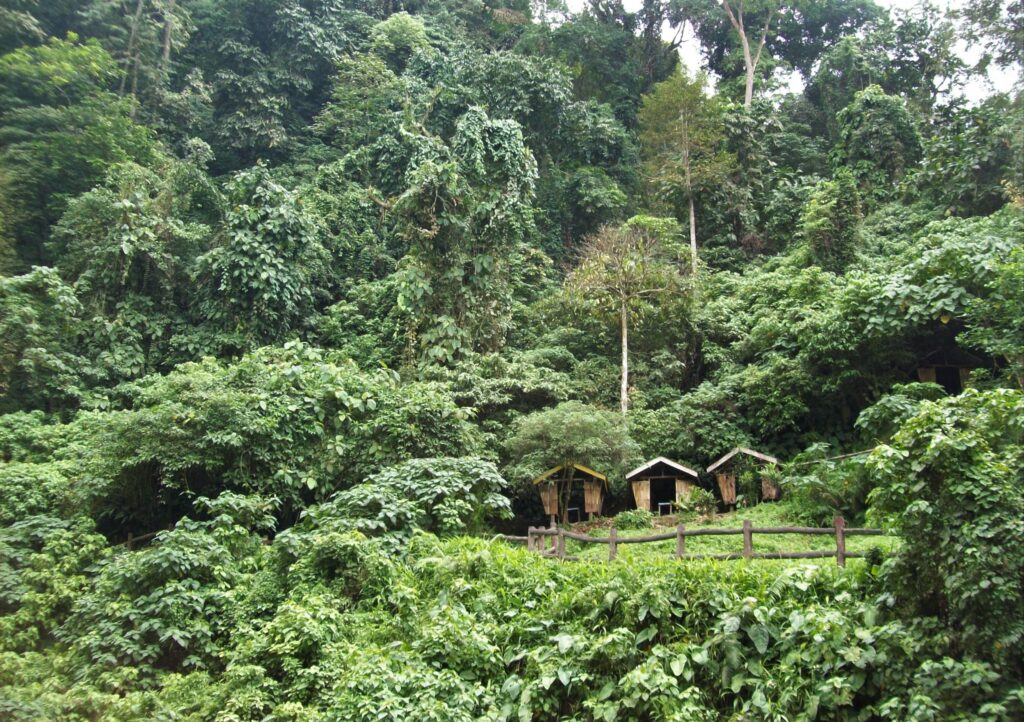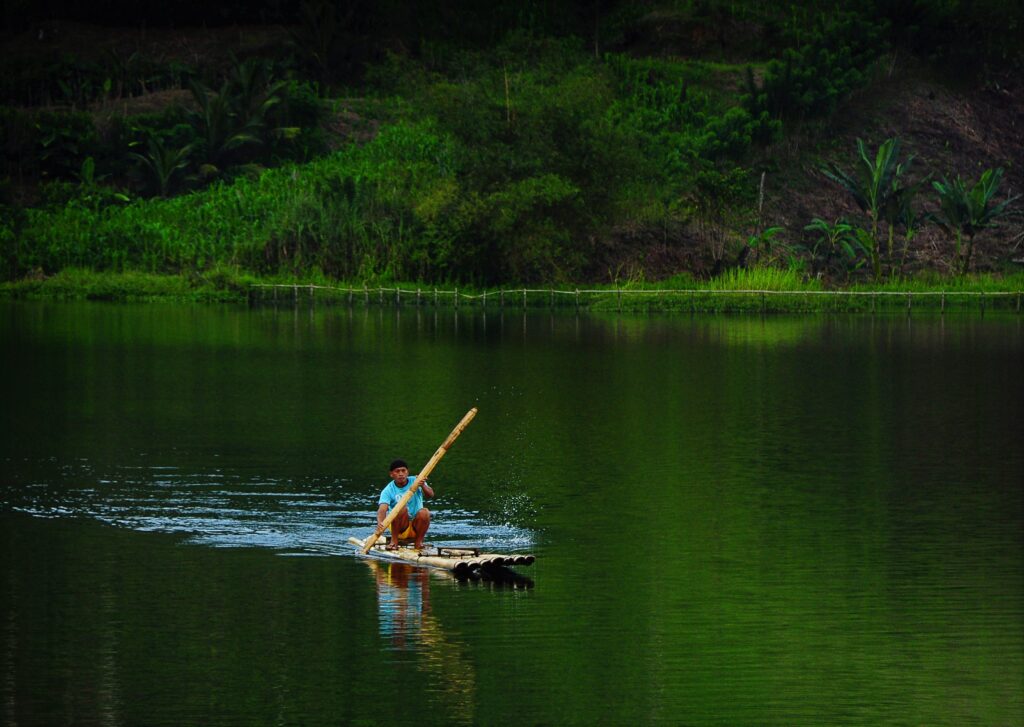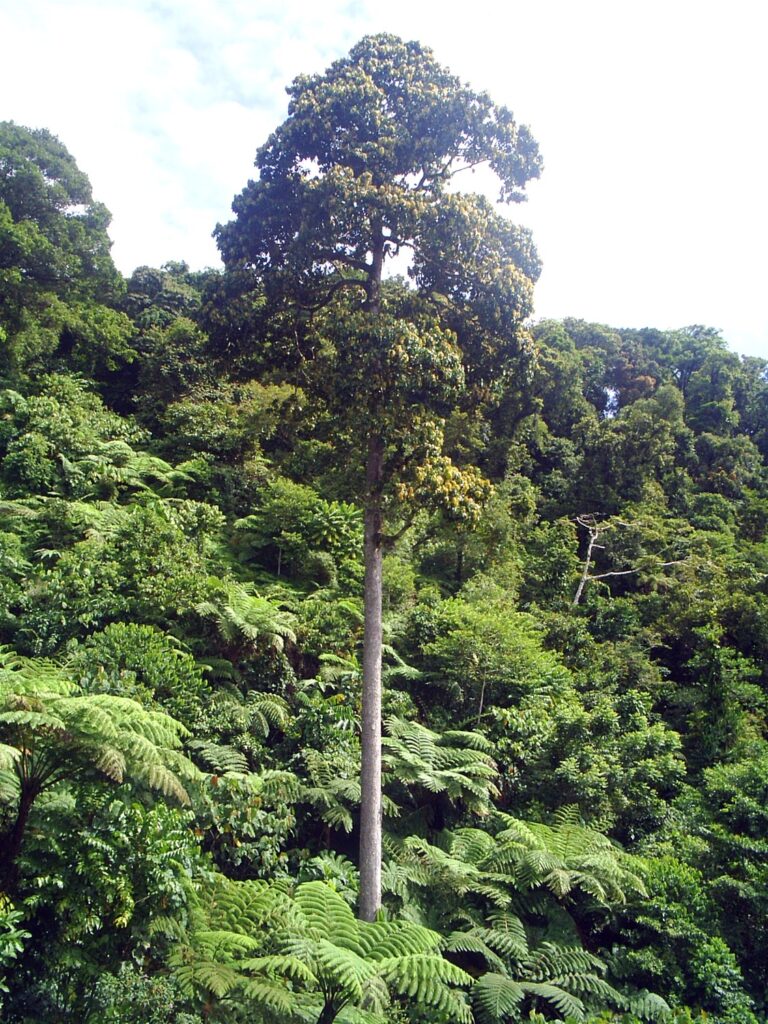Written by Henrylito D. Tacio
Unless watersheds are fully protected, Filipinos will never have a sustainable source of water in the near future. Already, some areas in the country are now experiencing water shortage.
A study released by the World Resources Institute (WRI) some years back has identified the Philippines as one of the countries that will experience water stress in the coming years.

Water stress, as defined by the Washington, D.C.-based think tank, is “the ratio between total water withdrawals and available renewable surface water at a sub-catchment level.”
Of the 161 countries surveyed by WRI, the Philippines was ranked 57th under the “business-as-usual” scenario. The country got a score of 3.01 which, according to the study’s water stress threshold level, is “high.” The ratio of withdrawals to available water is 40% to 80%.
While there is still enough water for every Filipinos these days, the water scarcity will be felt by 2040 – that’s 20 years from now. “These country-level stress projections are intended to provide useful information about potential future water situations that can help drive improved water management at the international scale,” notes the WRI study.
Water is life in itself. “A person can survive only three to five days without water, in some cases people have survived for an average of one week,” says thewaterpage.com. “Once the body is deprived of fluids, the cells and organs in the body begin to deteriorate. The presence of water in the body could mean the difference between life and death.”
Only 2.5 percent of the water that covers over 70 percent of the earth’s surface is considered fresh water. And only 1.3 percent is available for human use since most of the freshwater are trapped in glaciers, ice sheets, and mountainous areas. Fresh water is drawn either from wells (tapping underground sources called aquifers) or from surface flows (like lakes, rivers, and man-made reservoirs).
“There is no water on earth now than there was 2,000 years ago,” states the US National Wildlife Federation, which has been working for years to protect water resources not only in the United States but throughout the world as well. “This limited supply of freshwater must meet the needs of a human population that has tripled in the last century and continues to grow at almost 80 million people per year.”

Ideally, a person should have at least 50 liters of water each day to meet his basic needs – for drinking, food preparation, cooking and cleaning up, washing and personal hygiene, laundry, and house cleaning.
Due to its geographic location, the Philippines has abundant water resources. The country’s average annual rainfall is about 2,500 millimeters, said a position paper written by Pacita F. Barba, of the National Water Resources Board.
On recent assessment, the dependable supply is estimated about 126,000 million cubic meters per year (MCM/year). The groundwater safe yield of aquifers covering some 50,000 square kilometers found extensively in the plains of the three major islands is estimated at 20,200 MCM/year.
Currently, the water demands – and shortages – of many cities throughout the country are expanding. In a study done by the Japan International Cooperation Agency, nine major cities were listed as “water-critical areas.” These were Metro Manila, Metro Cebu, Davao, Baguio, Angeles, Bacolod, Iloilo, Cagayan de Oro and Zamboanga.
“The rapid urbanization of the Philippines, with more than 2 million being added to the urban population annually, is having a major impact on water resources,” notes the Asian Development Bank (ADB) in its Asian Water Development Outlook some years back.
In Metro Manila, for instance, residents often complain of lack of water during the summer months. In some parts of the metropolis, the water supply situation reaches a vulnerable state that the little amount of water some residents get is not enough even for emergency purposes like cooking and drinking.
It’s just a matter of time the country will experience a water crisis as its watersheds are continued to be destroyed. “A watershed is a watershed is a watershed,” said the late Paz L. Lopez when she was the head of the Department of Environment and Natural Resources (DENR).
Most of these watersheds are located in uplands where forests used to abound. These uplands – which constitute at least 60% of the country’s total land area of 30 million hectares – are now devoid of forest cover. “Where have all our forests gone?” environmentalists asked.
“A watershed needs trees in order to absorb rainwater when it channels into streams, rivers and eventually dams where human communities source fresh water,” Rappler’s Pia Ranada wrote.

“A typical tree breathes out 250 to 400 gallons of water per day through its leaves, humidifying the air,” Ranada explained. “This process, called evapotranspiration, is responsible for most of the rain that falls inland, far from oceans. Thus, without trees, there is no rain and it is rain that supplies much of the freshwater humans need to live.”
Dr. Patrick Durst, former regional forestry officer of the UN Food and Agriculture Organization (FAO), said the main benefit trees provide is helping to intercept precipitation and facilitate its infiltration into the soil and ground water storage areas.
The tree also helps reduce erosion of soil by “breaking the fall” (that is, the impact) of rainfall that might otherwise dislodge soil particles upon harsh impact, Durst added.
“Trees, through its leaves and branches, intercept rainfall,” the former FAO official explained. “But more importantly, healthy forests’ ground cover – organic litter, twigs, small plants and fallen leaves, among others – help trap water and hold it until it has an opportunity to soak into the ground soil.”
In addition, roots – whether alive or decaying – provide additional pore space above that of normal soil texture for water to infiltrate into the ground. “This is the reason why local springs and streams maintain a healthy flow when surrounded by protected micro-watersheds,” Durst pointed out.
Father Pedro Walpole, of the Environment Science for Social Change, Inc., said that in a watershed, there is the interrelation of many resources. “There are (also) ecological services that a watershed provides such as delivery of water as part of the water cycle, stable land-water dynamics, nutrient cycles, a diversity of life forms,” he explained.
As such, “watershed management is not just a matter of managing water but of managing the land that delivers the water and coordinating the people in that management,” Fr. Walpole urged.
Not all watersheds in the country are in pristine status, the Department of Science and Technology (DOST) discloses. “Some are already affected by deforestation, pollution, and other unsustainable practices of humans, who are oblivious of the potential adverse effects,” it admits. “Climate change, ballooning population, and industrialization exacerbated the hazards to the sustainability of watersheds.”
To prevent further degradation on a national scale, the Philippine Council for Agriculture, Forestry and Aquatic Resources and Research Development (PCAARRD) convened several government agencies and came up with five steps in managing watersheds with the participation of surrounding communities:

Form a management team: Locals, as primary recipients of benefits of watersheds in the area, are likely to be interested in initiatives protecting their water source. A watershed project management team composed of at least a team manager and representatives from local government units, non-government organizations, state universities and colleges, and environment officials is formed to be part of the Community Watershed Stewardship Program.
Characterize the watershed: Characterization is done through geographic information system mapping of the watershed, inventory and assessment of timber and water resources, evaluation of land cover and land use, and socio-economic, livelihood, and politico-institutional profiling of the communities and stakeholder analysis.
Assess the watershed’s vulnerability: Environmental hazards are identified and modelled out to illustrate possible impacts to communities. This will help people visualize what courses of action to take in times of emergency situations, such as disasters. More so, biophysical and anthropogenic factors as well as pollution sources which increase vulnerability are noted.
Equip watersheds with necessary instruments and conduct real-time monitoring: In instrumentation and monitoring, five aspects are closely observed, such as stream discharge, water quality, meteorology, biodiversity, and erosion and sediment yield.
Develop an interactive online database for learning watersheds: A web-based watershed management system database contains comprehensive watershed profiles, map compendiums, real-time monitoring and vulnerability assessment system, and other pertinent data.
“Watersheds play a multi-functional role in every community,” PCAARRD reminds. “Aside from providing water for domestic, agricultural and industrial purposes, watersheds in good condition serve as habitats to various plant and animal species and play ecological functions that keep flooding and other natural disasters at bay.”

